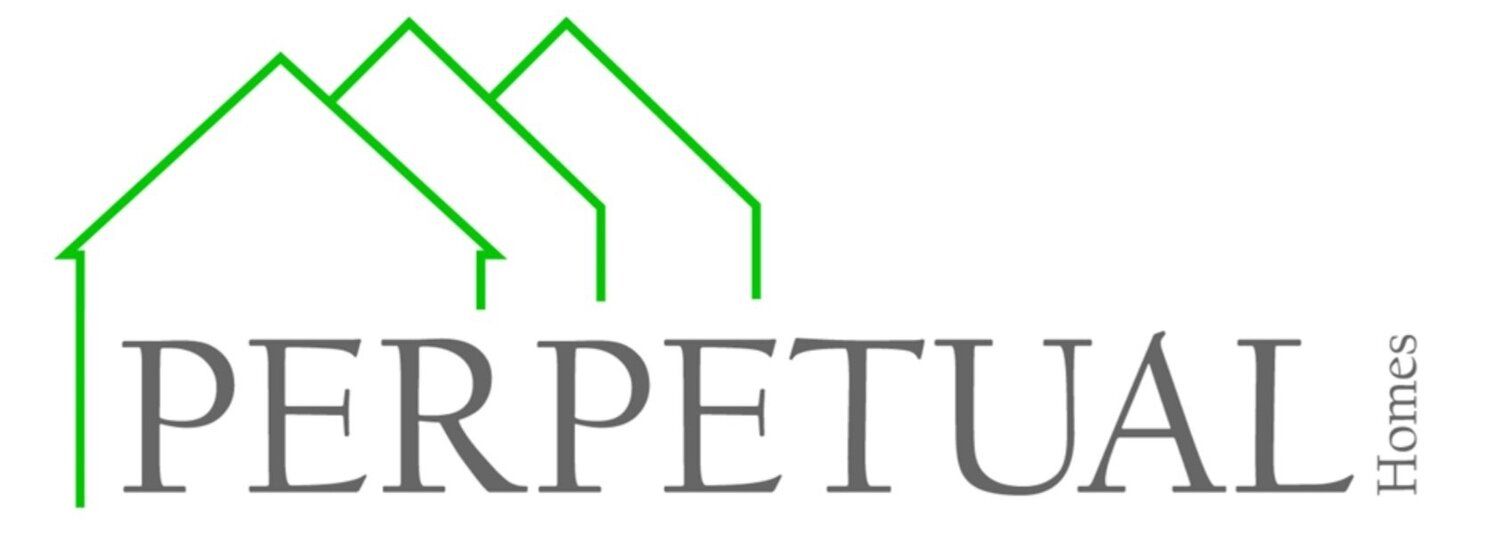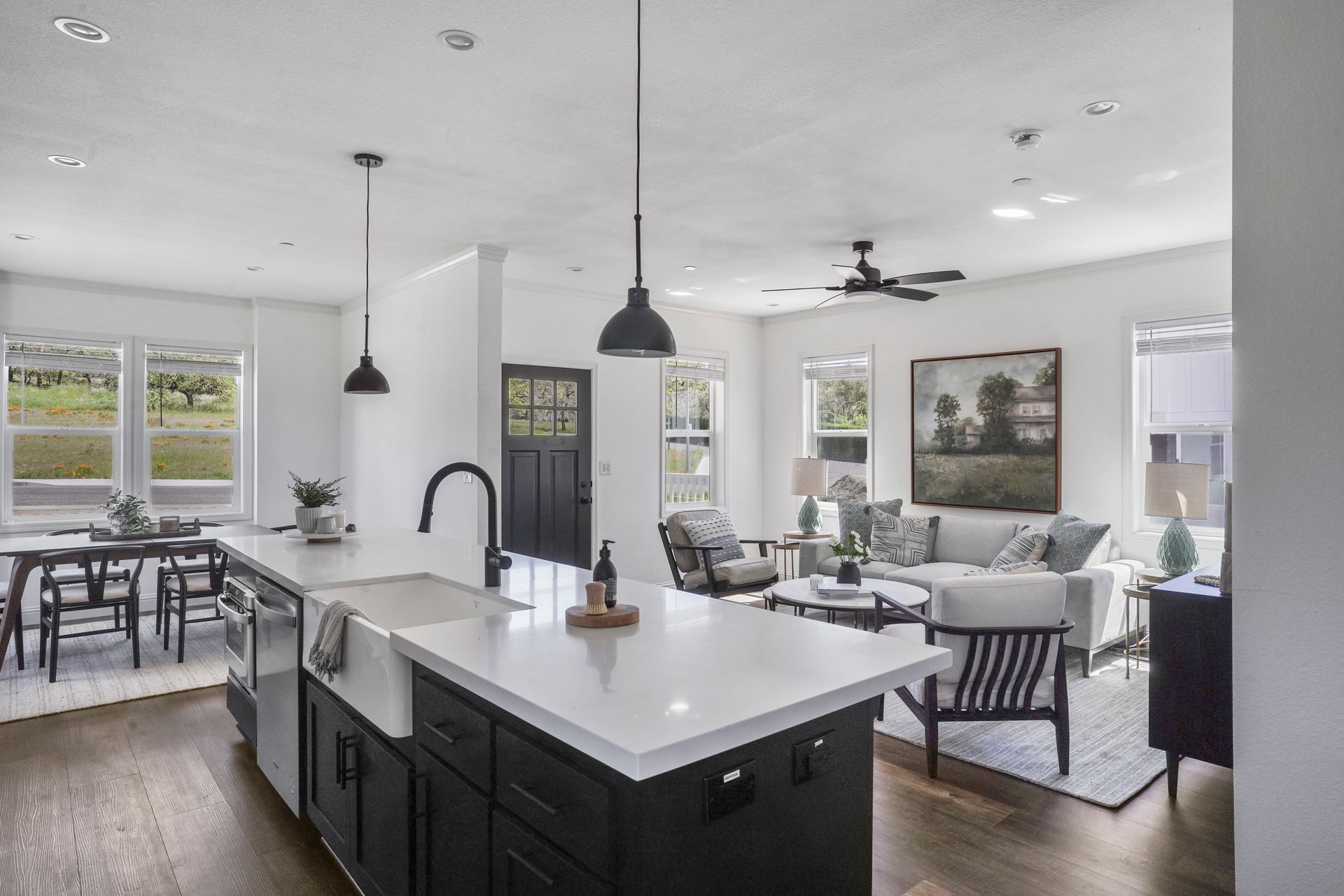Financing
Financing Your ADU
Turn your backyard into a smart investment.
Whether you're building for family or for future income, financing your ADU doesn't have to be complicated. We’ve partnered with trusted lenders to help you access the funding you need—and start seeing returns quickly.
Meet Our Trusted Lending Partners
We work with a network of lenders who specialize in ADU financing.
| Lender | Specialty | Contact |
|---|---|---|
| Aven Financial | Personal home improvement loans | Sisun Lee sisun.lee@aven.com (650) 518-9946 |
| HELOC (Kyra Kizirian) | Home Equity Line of Credit (HELOC) | Kyra.kizirian@planethomelending.com (925) 216-1674; (925) 399-4646 |
| Meredith Munger | ADU loans | Meredith.munger@ccm.com (619) 520-1018 |
| Monterra Credit Union | Local credit union offering ADU and | Veronica Valentine vvalentine@monterra.org |
| Redwood Credit Union | HELOC financing Home equity, ADU, and renovation financing | (650) 817-1983 redwoodcu.org (800) 479-7928 |
| Renofi | Renovation loans based on future home value(up to 90%) | sayhi@renofi.com (855) 736-6341 |
Ways to Fund Your ADU
Explore flexible solutions for every homeowner.
Most Popular Options:
Renovation Loans
- Based on future home value
- Finance up to 95% of completed value
- Great for homes projected to increase post-build
- Example: If your home will be worth $550,000, you could borrow up to $522,500—giving you $210,000+ for ADU construction.
HELOCs & Cash-Out Refinancing
- Use existing home equity
- Straightforward for qualified homeowners
401(k) Loans
- Borrow $200K–$250K
- Keep the interest "in your account"
Construction & Personal Loans
- Based on income or credit score
- Use future value or unsecured options
Home Equity Co-Investment
Non-loan based models where investors help fund the project in exchange for equity later
Ready to Build or Buy an ADU?
Schedule a complimentary 30-minute consultation to see what’s possible.






